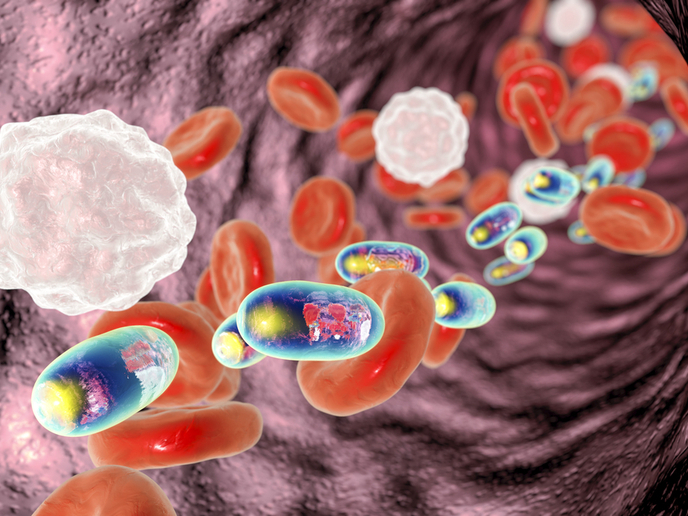Assessing the risks associated with nanoparticles in medical applications
Nanomedicine is increasingly used in applications like drug delivery and diagnosis, with promising results in several fields, including oncology, cardiology and immunology. However, the rising popularity of nanobiomaterials (NBMs) also raises questions about their potential adverse effects on the environment after excretion and release. A team of researchers involved in the EU-funded BIORIMA project is investigating these issues. The researchers have recently examined the potential risks involved with polymeric and inorganic NBMs used in drug delivery. Their findings were published in the ‘Journal of Nanobiotechnology’. “Published ecotoxicological data was searched for five polymeric nanobiomaterials [chitosan, polylactic acid (PLA), polyacrylonitrile (PAN), polyhydroxyalkanoates (PHA), and poly(lactic–glycolic acid) (PLGA)] and one inorganic nanobiomaterial [hydroxyapatite (HAP)] to evaluate the environmental hazards for freshwater and soil using a meta-analysis.” Ecotoxicology focuses on the relationship between the outputs from human activities and their impacts on biological organisms, especially at the population, community, ecosystem and biosphere levels. The study also states: “For PLA, PHA and PLGA, no published data on ecotoxicity was found and therefore no hazard assessment could be conducted.” It concludes: “Compared with other common pollutants, even the most sensitive of the selected nanobiomaterials, chitosan, is less toxic than engineered nanomaterials such as nano-ZnO and nano-Ag, some common antibiotics, heavy metals or organic pollutants such as triclosan. Given the current knowledge, the nanobiomaterials covered in this work therefore pose only little or no environmental hazard.”
Lack of reliable estimates
Nanomaterial is defined as a material with at least one external dimension sized between 1 nm – one billionth of a metre – and 100 nm, or with internal structures measuring 100 nm or less. Inorganic nanomaterials such as gold (Au) nanoparticles are utilised in medical imaging or cancer detection and treatment, while silver (Ag) nanoparticles are applied as coatings for indwelling catheters, antibacterial agents, wound dressing, orthopaedic implants and tissue-engineered scaffolds. Other applications of nanoparticles include bioimaging, photothermal therapy, and biosensing and drug carriers for antibiotic delivery. “For most nanobiomaterials, there are no reliable estimates about the amount of particles being released,” says Prof. Bernd Nowack, corresponding author of the study. In the same news item by BIORIMA project partner Swiss Federal Laboratories for Materials Science and Technology, Prof. Nowack also says “it can be assumed that gold nanoparticles do not cause any problems when used in medical applications.” The study shows that chitosan in its conventional form is more toxic in freshwater than in its nanoform. “The nanopolymer was thus significantly less harmful than conventional drugs that are released into the environment, such as antibiotics or painkillers. The second nanopolymer, PAN, as well as the mineral HAP performed even better,” as stated in the news item. Prof. Nowack adds: “These substances are virtually non-toxic in water.” The same news item emphasises that “the situation is different for silver nanoparticles, which are used in medicine for their antibacterial effect. In the biosphere, the inorganic nanomaterial exerts the very same toxic effect on microorganisms that are important for the balance in an ecosystem.” The ongoing BIORIMA (BIOmaterial RIsk MAnagement) project aims to develop an integrated risk management framework for the safe handling of NBMs used in advanced therapeutic medicinal products and medical devices. BIORIMA partners also hope to deliver a web-based decision support system to help evaluate the risk/benefit profile of NBM products. For more information, please see: BIORIMA project website
Countries
United Kingdom



